Home>diy>Building & Construction>How To Report Construction Noise


Building & Construction
How To Report Construction Noise
Modified: January 4, 2024
Learn effective ways to report and address disruptive building construction noise. Find practical solutions to mitigate noise pollution in your neighborhood.
(Many of the links in this article redirect to a specific reviewed product. Your purchase of these products through affiliate links helps to generate commission for Storables.com, at no extra cost. Learn more)
Introduction
Construction is an essential part of urban development, as it helps create new infrastructure, improve existing buildings, and accommodate the growing needs of communities. However, the noise generated during construction activities can sometimes pose challenges for nearby residents and businesses. The constant pounding, drilling, and heavy machinery can disrupt daily life and affect the overall quality of living.
Understanding how to report construction noise is vital for individuals who are experiencing disturbances from nearby construction sites. By knowing the proper procedures and channels to file a complaint, affected individuals can ensure that their concerns are addressed and appropriate actions are taken by the relevant authorities.
In this article, we will explore the steps to report construction noise effectively. From understanding the regulations and laws related to construction noise to gathering data and documentation, we will provide a comprehensive guide to help you navigate the process. Let’s dive in!
Key Takeaways:
- Understanding construction noise and the regulations governing it is crucial for effectively reporting disturbances. Gathering accurate data and documentation, and contacting the appropriate authorities are essential steps in addressing construction noise.
- Following up on the complaint and seeking community support can amplify concerns and prompt a swifter resolution. Patience, persistence, and adherence to proper procedures are key in addressing construction noise.
Understanding Construction Noise
Construction noise refers to the various sounds generated during construction activities. These noises can include the clanging of metal, rumbling of heavy machinery, drilling, hammering, and even the shouting of workers. The intensity and frequency of these noises can vary depending on the specific construction project and the equipment used.
Construction noise is not only disruptive but can also have negative effects on human health and well-being. Prolonged exposure to high levels of construction noise can lead to stress, anxiety, sleep disturbances, and even hearing loss. It can also impact productivity and hinder concentration for those working or studying nearby.
It is essential to note that construction noise is often temporary and necessary for development projects. However, there are guidelines and regulations in place to minimize the impact on the surrounding community.
Construction noise can be categorized into two types: continuous and impulse noise. Continuous noise includes sounds that are ongoing and prolonged, such as the humming of machinery or the constant banging of construction materials. Impulse noise, on the other hand, refers to sudden and sharp noises, like the dropping of heavy objects or the sound of explosive equipment.
The severity of construction noise depends on various factors, including the proximity of the construction site to residential areas, the time of day the work takes place, and the duration of the noise-producing activities. Local governments and regulatory bodies often have guidelines in place to regulate construction noise levels and prevent excessive disturbances.
It is important to differentiate between construction noise and noise generated by other sources, such as road traffic or industrial activities. While construction noise may be temporary, the impact can be significant, especially for individuals living or working in close proximity to the construction site.
Now that we have a better understanding of construction noise, let’s explore the regulations and laws that govern it in more detail.
Regulations and Laws Regarding Construction Noise
Construction noise regulations and laws are in place to ensure that construction activities do not excessively disrupt nearby residents and businesses. These regulations vary from country to country and even from region to region, so it’s essential to familiarize yourself with the specific guidelines in your local area.
Most jurisdictions have permissible noise levels and specific time restrictions for construction activities. For example, construction noise may be prohibited during certain quiet hours, such as early mornings, evenings, or weekends. These regulations aim to strike a balance between allowing construction projects to proceed and minimizing the impact on the community.
Local governments and regulatory bodies typically set noise limits in decibels (dB) at specific distances from the construction site. The permissible noise levels can vary depending on whether the affected area is residential, commercial, or mixed-use. For instance, residential areas usually have lower permissible noise limits compared to industrial zones.
In addition to noise level restrictions, there may also be regulations regarding the type of equipment and machinery used that can affect noise levels. Some jurisdictions require construction companies to use noise-reducing equipment or implement measures to minimize noise, such as adding sound barriers or utilizing sound-absorbing materials.
It’s important for construction companies to comply with these regulations to avoid penalties and maintain good relationships with the community. They may be required to obtain permits and licenses that specify noise limits and working hours. Failure to adhere to these regulations can result in fines, project delays, or even legal consequences.
Residents and businesses affected by construction noise have the right to report any violations or excessive disturbances to the relevant authorities. By doing so, they help ensure that construction activities are in compliance with the regulations and that necessary actions are taken to mitigate the noise impact.
Now that we understand the regulations and laws surrounding construction noise, let’s move on to the next step: gathering data and documentation.
Gathering Data and Documentation
Before reporting construction noise, it’s crucial to gather accurate data and documentation to support your complaint. This evidence will strengthen your case and provide a clear picture of the disturbances you are experiencing.
Here are some steps to effectively gather data and documentation:
- Keep a record: Maintain a log or diary where you can record the dates, times, and durations of the construction noise. Note down any specific activities or equipment that contribute to the disturbances. Be as detailed as possible, including the intensity of the noise and how it affects your daily life or work.
- Use audio recordings: If possible, capture audio recordings of the construction noise. There are various smartphone apps that can help you record audio with timestamps. These recordings can serve as strong evidence when reporting the noise.
- Take photographs or videos: Visual evidence, such as photographs or videos, can also support your complaint. Capture images or videos of the construction site, the equipment being used, and any potential violations of noise regulations.
- Collect witness statements: If there are other individuals who are affected by the construction noise, ask them to provide witness statements. These statements can reinforce your case and demonstrate that the disturbances are not isolated incidents.
- Research local regulations: Familiarize yourself with the specific regulations and laws regarding construction noise in your area. This knowledge will help you understand what constitutes excessive noise and provide a stronger basis for your complaint.
By gathering accurate data and documentation, you can present a well-supported complaint and increase the chances of a timely resolution. Remember to always prioritize your safety and avoid trespassing or putting yourself in potentially hazardous situations while collecting evidence.
With your evidence in hand, it’s time to move on to the next step: reporting the construction noise.
When reporting construction noise, document the date, time, and duration of the noise, as well as the specific location and type of disturbance. This information will help authorities address the issue effectively.
Reporting Construction Noise
Once you have gathered sufficient data and documentation, it’s time to report the construction noise to the appropriate authorities. Reporting the noise is crucial in ensuring that the issue is addressed and necessary actions are taken. Here are the steps to effectively report construction noise:
- Identify the relevant authority: Determine the regulatory body or department responsible for handling construction noise complaints in your area. This could be the local municipality, environmental agency, or noise control department. Perform an online search or contact your local government office to find out the specific authority to contact.
- Prepare your complaint: In your complaint, clearly explain the nature of the construction noise, the impact it has on you or your business, and provide specific details such as dates, times, and duration of the disturbances. Attach any supporting evidence, such as your log records, audio recordings, photographs, or witness statements.
- Submit your complaint: Follow the designated procedure for reporting construction noise in your jurisdiction. This may involve filling out an online complaint form, sending an email, or making a phone call. Ensure that you provide all the necessary information and attachments required.
- Remain calm and polite: When interacting with the authorities, remain calm, respectful, and objective. Avoid using aggressive or emotional language, as this may hinder the resolution process. Clearly communicate your concerns and the impact the construction noise is having on your daily life or work.
- Request a follow-up: Ask for confirmation that your complaint has been received and request information on the timeline for addressing the issue. Inquire about any additional steps you may need to take or any further information that may be required from you.
Keep in mind that the response time and actions taken will vary depending on the specific circumstances and regulations in your area. Some authorities may conduct investigations, issue warnings or fines to the construction company, or require them to implement noise reduction measures.
It’s important to note that reporting construction noise is not a guaranteed solution, as there may be limitations or constraints depending on the legal framework in your area. However, by reporting the noise, you are bringing attention to the issue and advocating for a resolution.
Now that you have reported the construction noise, let’s explore the next step: following up on the complaint.
Read more: How To Read A Home Inspection Report
Contacting the Appropriate Authorities
When it comes to reporting construction noise, it’s crucial to reach out to the appropriate authorities who have the jurisdiction and responsibility to address the issue. Contacting the correct authorities will ensure that your complaint receives the necessary attention and actions are taken to mitigate the noise disturbances. Here are the steps to contact the appropriate authorities:
- Identify the regulatory body: Research and identify the specific regulatory body or department that is responsible for handling construction noise complaints in your area. This can be the local municipality, environmental agency, or noise control department.
- Locate the contact information: Find the contact information for the regulatory body or department. This can typically be found on the official website of your local government or by contacting your local government office.
- Compile your complaint: Prepare a detailed complaint that clearly explains the construction noise issue you are facing. Include specific information such as the location of the construction site, the nature of the noise disturbances, and the impact it has on you or your community.
- Submit your complaint: Contact the regulatory body or department using the provided contact information and submit your complaint. This can be done via phone, email, or by filling out an online complaint form.
- Provide supporting evidence: Attach any evidence or documentation you have gathered, such as log records, audio recordings, photographs, or witness statements. This evidence will strengthen your complaint and provide a clear picture of the noise disturbances.
- Follow their procedures: Follow any specific procedures outlined by the regulatory body or department. They may require you to fill out a specific complaint form, provide additional information, or adhere to any specific timelines or requirements.
It’s important to remain patient and persistent when contacting the appropriate authorities. Understand that they may receive multiple complaints and have a process in place to address them. Keep track of any reference numbers or communication regarding your complaint for future reference.
Remember to remain respectful and objective when communicating with the authorities. Provide accurate information, express your concerns clearly, and request updates on the progress of your complaint.
Now that you have contacted the appropriate authorities, let’s move on to the next step: following up on the complaint.
Following up on the Complaint
After submitting your complaint about construction noise to the appropriate authorities, it’s important to follow up on the progress to ensure that your concerns are being addressed. Following up can help keep your complaint a priority and provide an opportunity to provide any additional information or evidence that may be needed. Here are some steps to effectively follow up on your complaint:
- Request a confirmation: Soon after submitting your complaint, request a confirmation or acknowledgement from the authorities to ensure that they have received your complaint. This will give you peace of mind and confirmation that your concerns are being addressed.
- Ask for a timeline: Inquire about the expected timeline for a response or resolution to your complaint. This will help manage your expectations and allow you to follow up accordingly.
- Keep a record: Maintain a record of any communication or correspondence related to your complaint. This can include emails, reference numbers, or any updates provided by the authorities. A record will help you stay organized and have all the necessary information readily available for future reference.
- Provide additional information or evidence: If you come across any new information or evidence related to the construction noise issue, promptly provide it to the authorities. This can include additional recordings, photographs, or witness statements that may strengthen your complaint.
- Regularly follow up: Regularly follow up with the authorities to inquire about the progress of your complaint. This can be done through phone calls, emails, or any designated communication channels provided. Be polite, respectful, and request updates on any actions taken or measures being implemented to address the construction noise.
- Seek community support: Reach out to other affected individuals or community organizations who may be experiencing similar construction noise issues. Collaborate and work together to amplify your concerns and collectively follow up on the complaint. Strength in numbers can often yield better results and prompt a swifter resolution.
By following up on your complaint, you are demonstrating your commitment to resolving the issue and ensuring that the authorities take appropriate actions. Remember to remain patient throughout the process, as it may take time to investigate and address the construction noise complaints.
Now that you have learned how to follow up on your complaint, let’s conclude our guide on reporting construction noise.
Conclusion
Construction noise can be a significant source of disruption for individuals living or working near construction sites. However, by understanding how to report construction noise effectively, you can take the necessary steps to address the issue and ensure that your concerns are heard and acted upon by the appropriate authorities.
In this article, we have covered the essential steps to report construction noise. We began by discussing the importance of understanding construction noise and its impact on individuals’ well-being. We then delved into the regulations and laws that govern construction noise, emphasizing the need to familiarize yourself with the specific guidelines in your area.
We explored the process of gathering data and documentation, highlighting the significance of maintaining accurate records, including audio recordings, photographs, and witness statements. These pieces of evidence strengthen your complaint and provide a clear picture of the disturbances you are experiencing.
We also discussed the importance of contacting the appropriate authorities and provided guidance on how to identify the regulatory body responsible for handling construction noise complaints in your jurisdiction. We emphasized the importance of remaining calm and polite when submitting your complaint and encouraged requesting a follow-up to stay informed about the progress of your complaint.
Lastly, we highlighted the significance of following up on your complaint, which involves requesting confirmations, timelines, and providing any additional information or evidence that may arise. We also emphasized the importance of seeking support from other affected individuals or community organizations to amplify your concerns and ensure a collective effort in finding a resolution.
Remember, addressing construction noise requires collaboration, patience, and persistence. By adhering to the proper procedures and effectively reporting construction noise, you can contribute to a healthier and more peaceful living and working environment for yourself and your community.
Thank you for reading our comprehensive guide on reporting construction noise. We hope that this information proves valuable in navigating the process and achieving a resolution to the noise disturbances you are facing.
Frequently Asked Questions about How To Report Construction Noise
Was this page helpful?
At Storables.com, we guarantee accurate and reliable information. Our content, validated by Expert Board Contributors, is crafted following stringent Editorial Policies. We're committed to providing you with well-researched, expert-backed insights for all your informational needs.
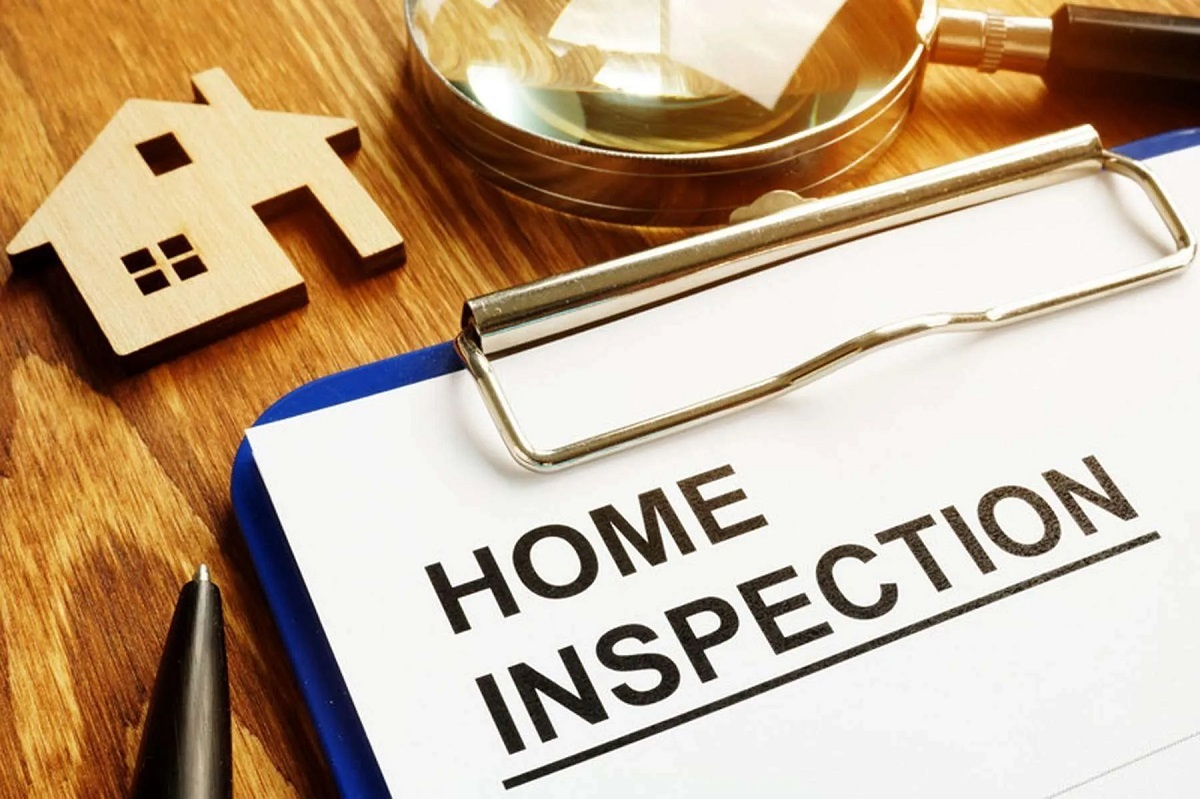
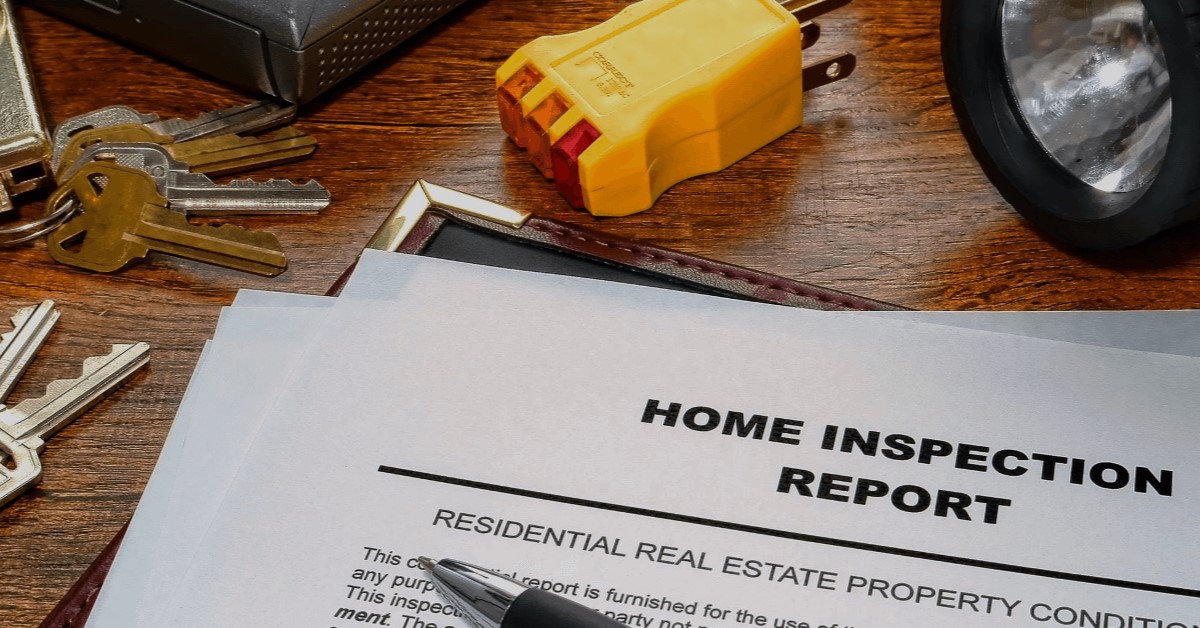
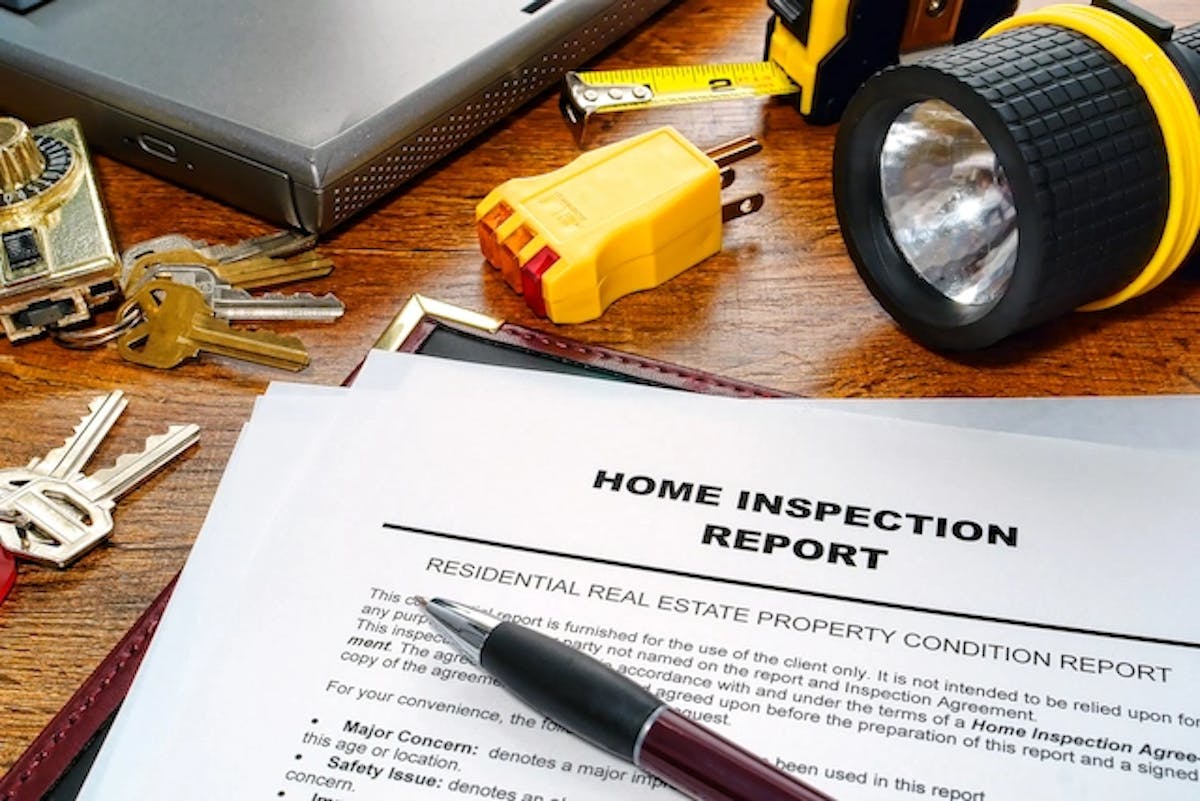
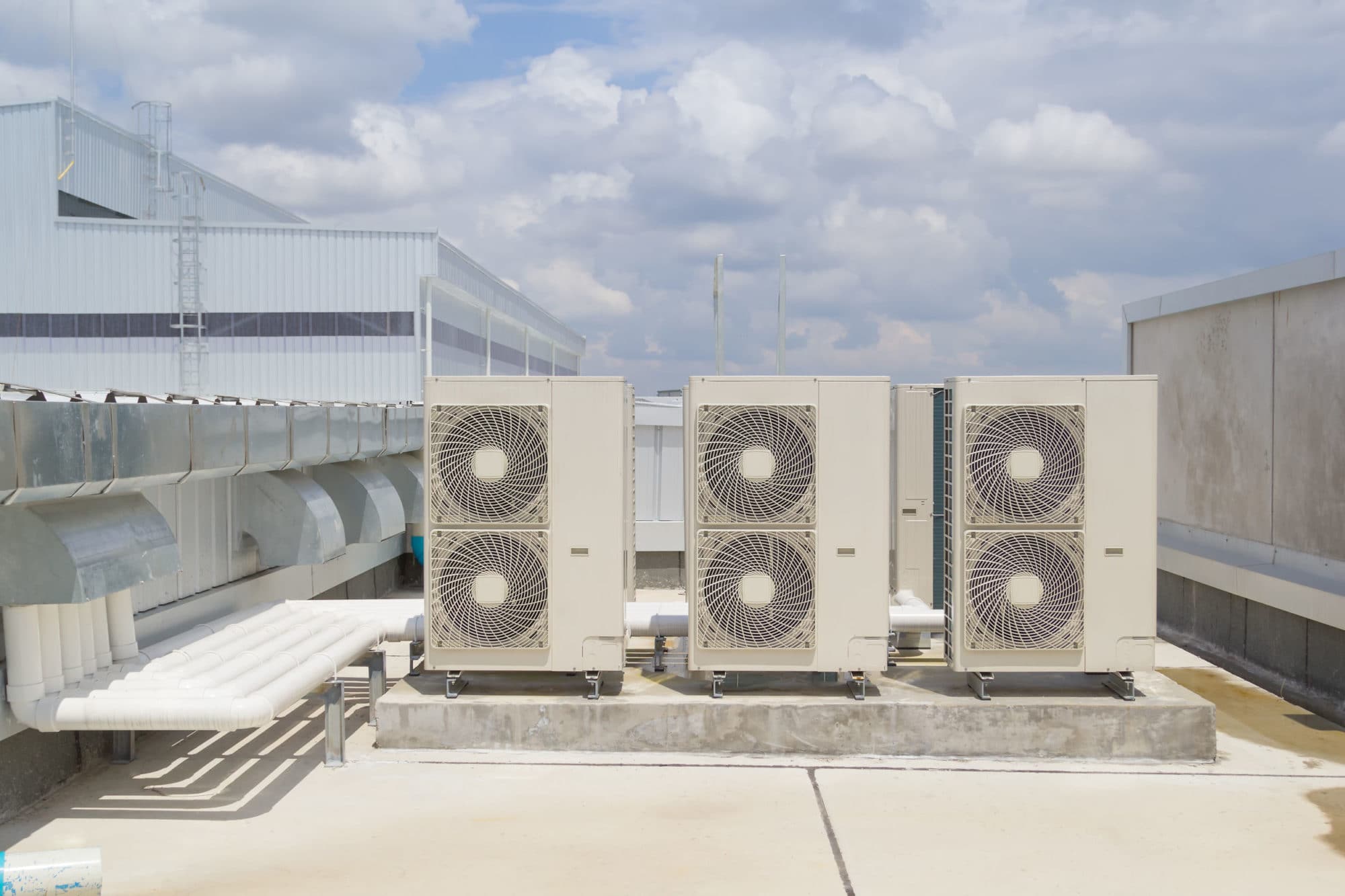
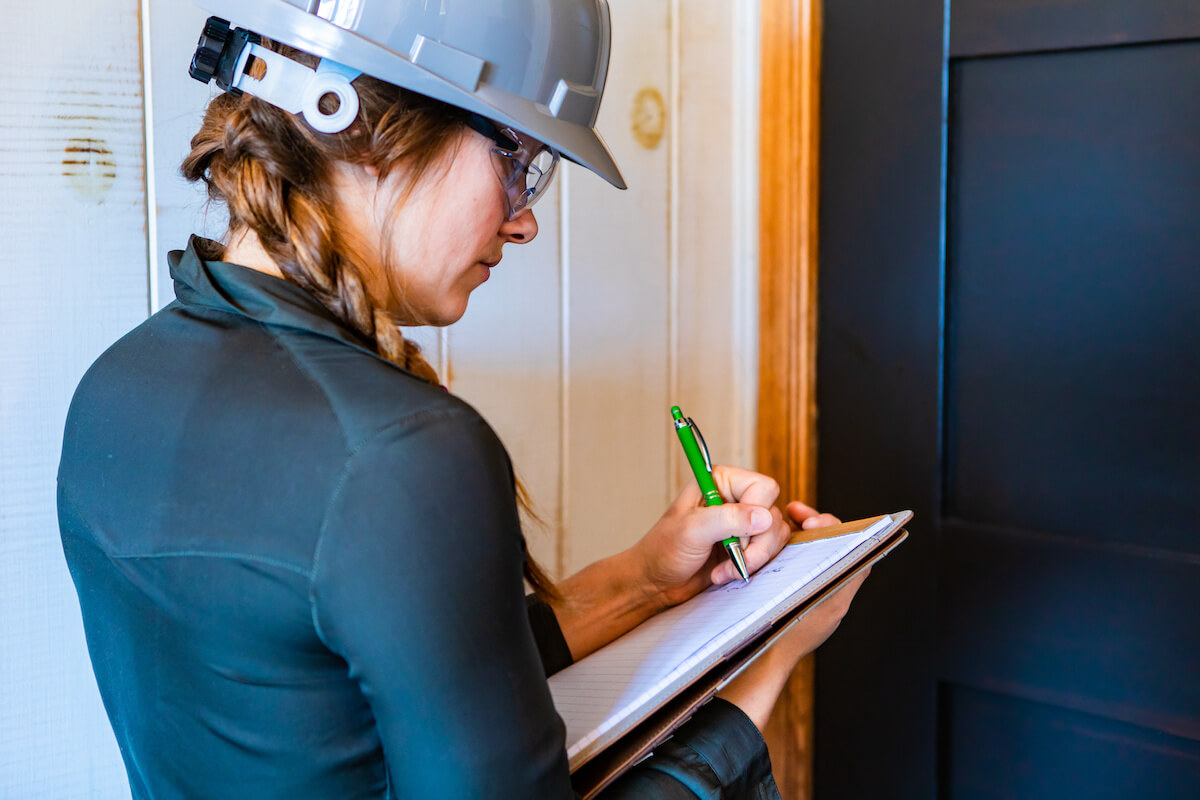
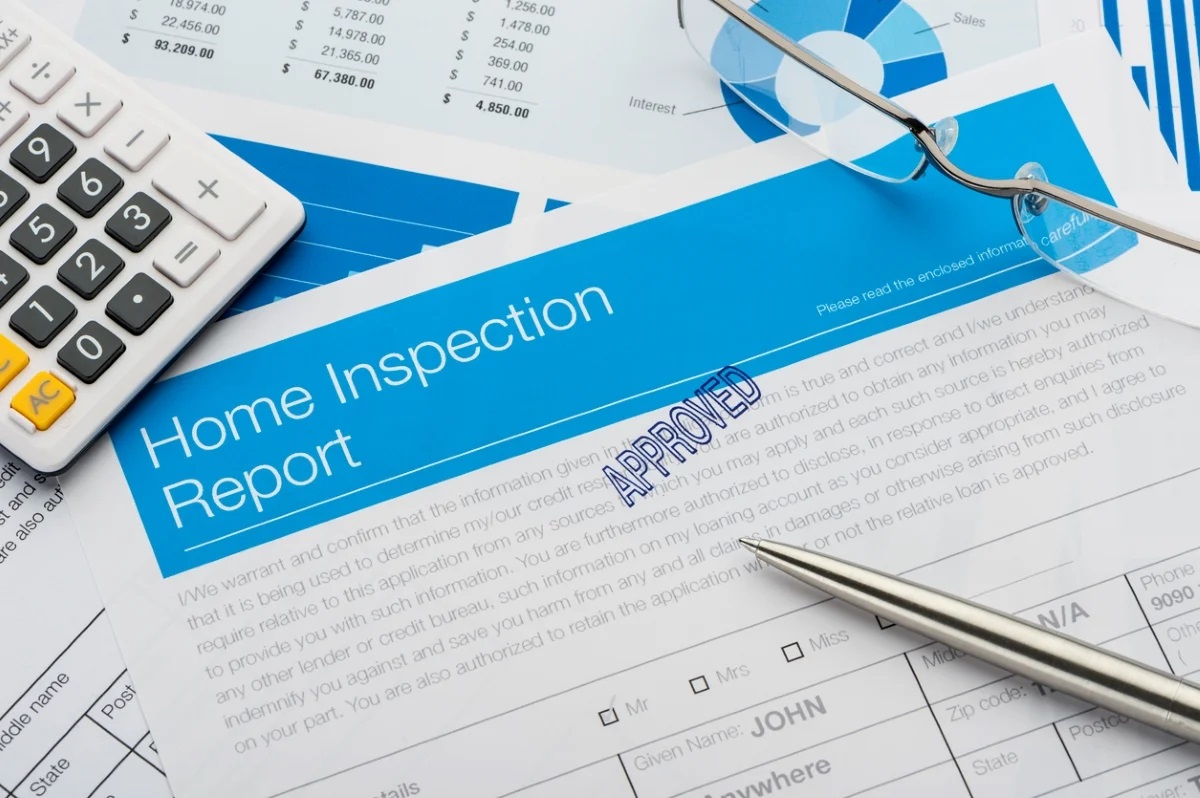



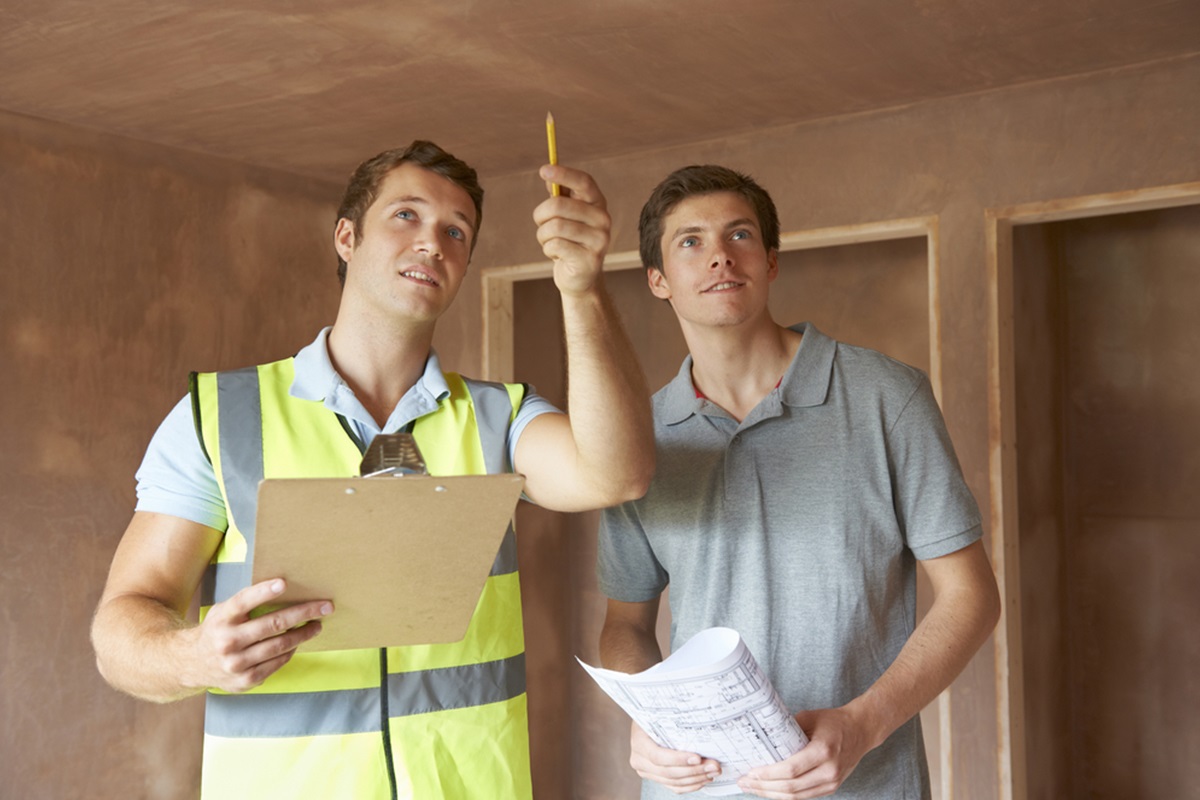

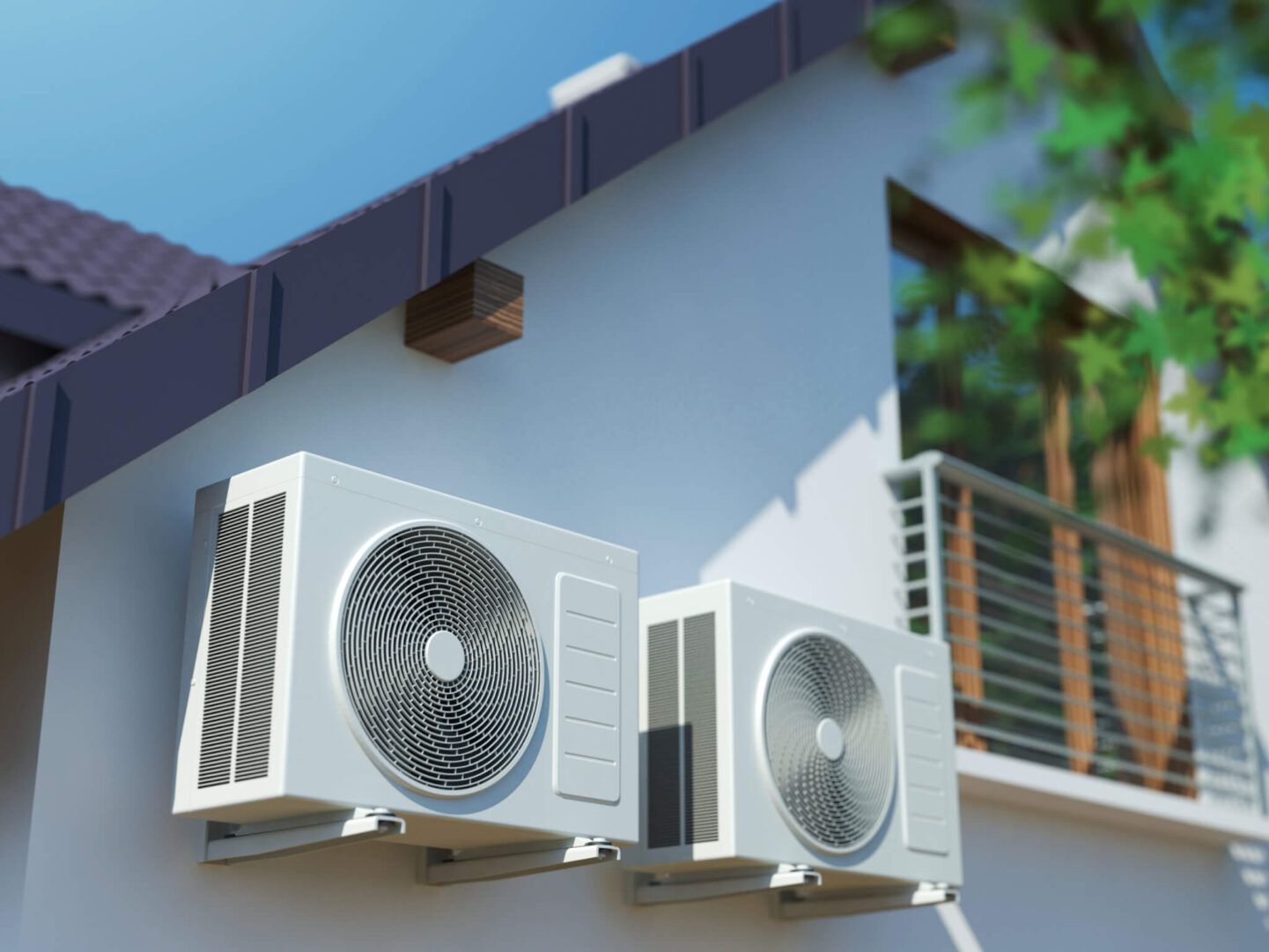



0 thoughts on “How To Report Construction Noise”